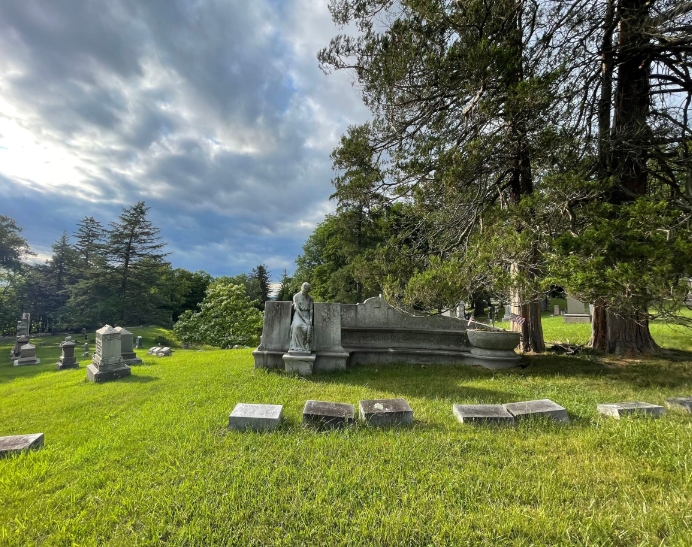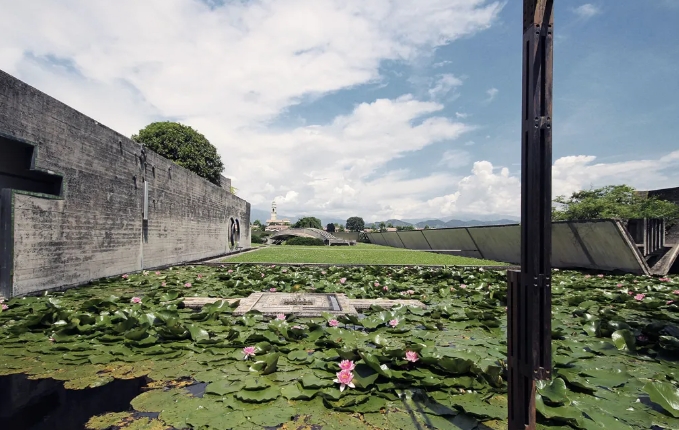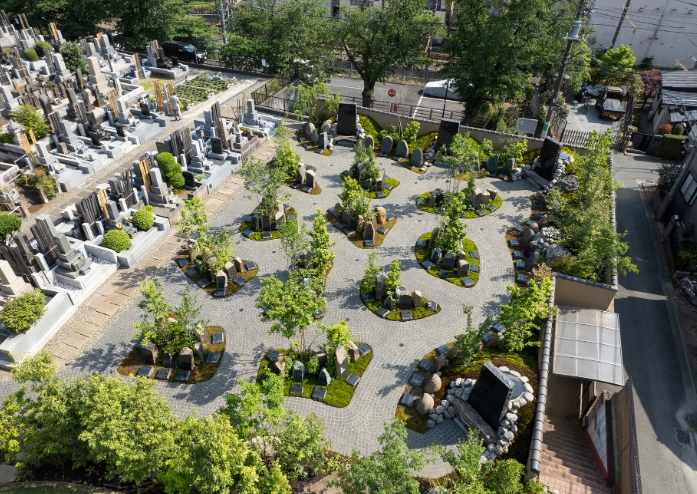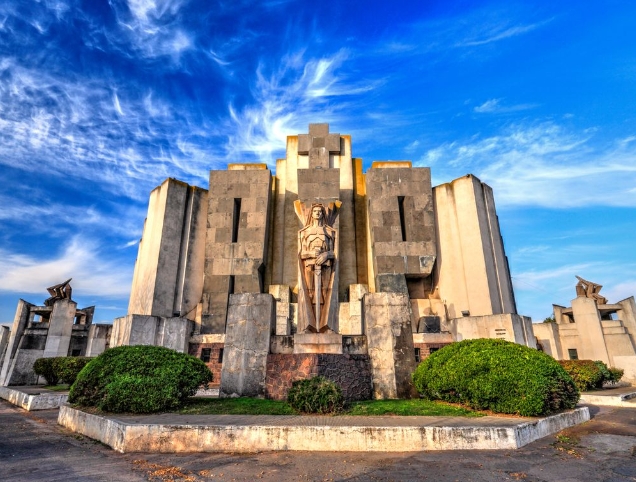In modern architecture, Cemetery Architect is no longer just a technical role of dividing the cemetery area, but a builder of emotional space. They give the cemetery a solemn and gentle expression through the integration of architecture, landscape and symbolic art.
Excellent cemetery design requires not only rigorous space planning, but also responds to the emotional needs of the deceased’s family. In many internationally renowned cemeteries, we can see elegant tree-lined paths, quiet pools, and well-placed monuments – among which memorial angel sculpture has become an indispensable artistic symbol. These angel images are either mourning, guarding, or praying, interpreting eternity in a static posture, connecting the emotional memory between the living and the dead.
In terms of design language, Cemetery Architect often arranges memorial angel sculpture as a visual focus or spatial node at a crossroads, in front of the mausoleum or next to the memorial wall, so that it interacts with the environment and strengthens the spiritual guidance of the space. In terms of materials, from bronze to marble, these sculptures take into account durability and aesthetic value, and are both decorations and symbolic languages.
In cemeteries where memorialization and meditation are equally important, the role of architects is gradually changing from space creators to narrators of life rituals. Memorial angel sculpture is the emotional fulcrum in this narrative, giving soul and warmth to the architectural space.




